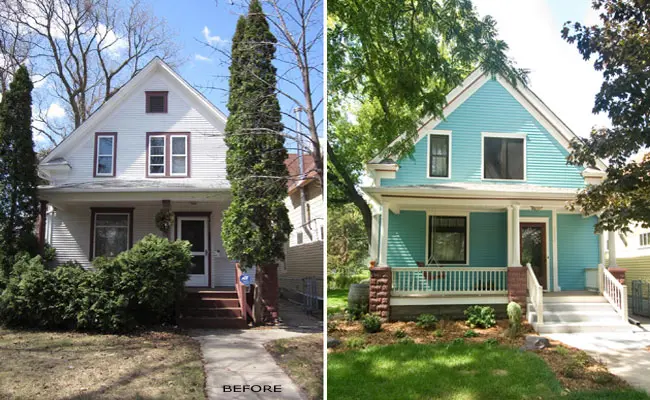Managing multiple vacant properties can present a unique set of challenges for property owners, investors, and property managers. However, with a well-thought-out strategy, vacant properties can be transformed into assets that generate income or appreciate in value. In this short article, we will explore strategic approaches to efficiently and effectively maintain multiple vacant properties.
- Regular Inspections and Maintenance
The cornerstone of managing vacant properties is routine inspections and maintenance. Develop a schedule for regular property checks to identify and address any issues promptly. This includes maintaining the property’s exterior, addressing security concerns, and ensuring proper ventilation to prevent issues like mold growth.
- Security Measures
Vacant properties are often vulnerable to vandalism and theft. Implement robust security measures, such as installing security systems, surveillance cameras, and secure locks. Boarding up windows and doors can also deter unwanted visitors.
- Property Preservation
Keep the properties in a state of good repair to prevent deterioration. Address any structural issues, plumbing leaks, or electrical problems promptly. Maintaining the property’s curb appeal can also discourage vandalism and attract potential buyers or renters.
- Utility Management
Evaluate whether it’s cost-effective to keep utilities connected. While it may be necessary to have minimal heating, cooling, or lighting to prevent damage or maintain a comfortable environment for potential buyers or renters, be mindful of utility costs, especially for long-term vacancies.
- Regular Cleaning and Pest Control
Keep vacant properties clean and free of pests. Regular cleaning prevents dust buildup, mold growth, and other issues that can arise from neglect. Pest control measures should be in place to prevent infestations.
- Insurance and Legal Obligations
Ensure that the properties are adequately insured and that you are in compliance with local regulations regarding vacant properties. Some insurance policies may require specific precautions or inspections for vacant homes.
- Marketing and Renting
Consider your long-term strategy for the vacant properties. If your goal is to rent or sell them, invest in professional marketing, including high-quality photos and listings on relevant websites. Pricing should be competitive to attract potential tenants or buyers.
- Property Management Software
Utilize property management software to streamline and centralize property management tasks. This technology can help you keep track of maintenance schedules, financial records, and property-related documents for multiple properties.
- Regular Communication with Neighbors
Maintain open lines of communication with neighbors. They can serve as extra eyes on the property and alert you to any suspicious activity or maintenance issues.
- Exit Strategy
Have a clear exit strategy for each vacant property. Determine your criteria for renting, selling, or further investment. Regularly reassess your strategy to adapt to changing market conditions.
Conclusion
Effectively maintaining multiple vacant properties requires a proactive and strategic approach. Regular inspections, security measures, property preservation, and adherence to legal and financial obligations are key components of success. Whether your goal is to rent, sell, or hold these properties for future appreciation, a well-executed maintenance strategy can transform vacant properties into valuable assets in your real estate portfolio.


:max_bytes(150000):strip_icc():focal(674x619:676x621)/Kentucky-Flooding-073022-01-41321117ea5c47f58cdb9fbf6dadde1a.jpg)

